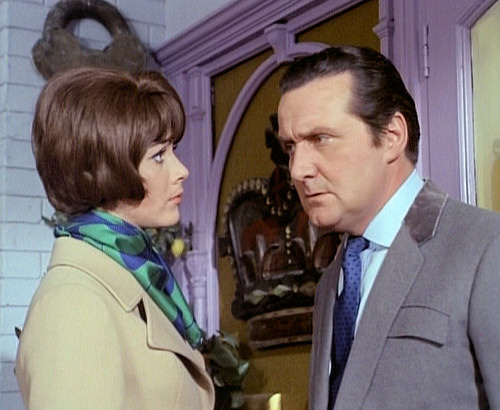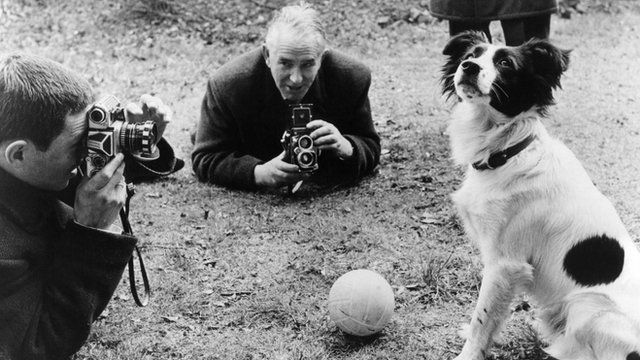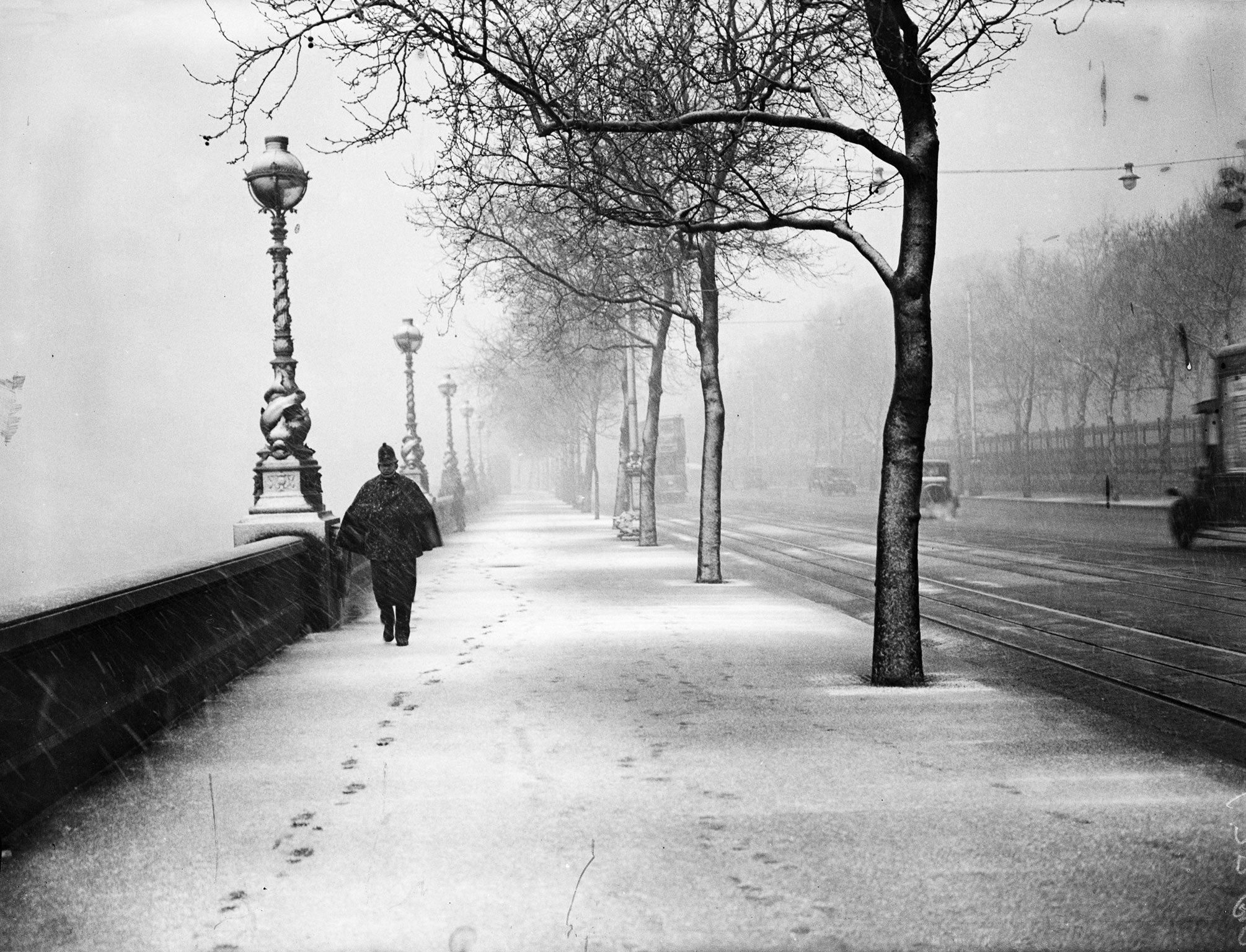Britain and The Beatles had changed dramatically since this story began in 1962. Hair had grown longer, music had exploded and television was now in colour. Amongst many stand out shows that included Dr Who, Man In A Suitcase and The Prisoner, The Avengers with Linda Thorson as Tara King replacing Diana Rigg’s Emma Peel was my favourite, with John Steed and Tara regularly encountering a range of villains and foiling their dastardly plots.

The Beatles followed their tumultuous 1967 by going to India in February 1968. They visited Rishikesh in northern India to take part in an advanced Transcendental Meditation training course at the ashram of Maharishi Mahesh Yogi. Other musicians and celebrities joining them there included Donovan, Mike Love and Mia Farrow. The course was for three months, but Ringo left after only ten days complaining of boredom and that it was apparently “just like Butlin’s”. McCartney followed him home soon afterwards and Lennon and Harrison departed in early April following stories that the Yogi was more interested in certain women there than in meditating!
In March, Lady Madonna had been released as the group’s new single. An exuberant boogie-woogie song, it features well known jazz musician Ronnie Scott on tenor saxophone and seemed to indicate the band were moving back towards more “traditional” sounds following their psychedelic experiments of recent times.
The fab four had been writing a lot of songs in India and sessions began soon afterwards for what was to become The Beatles LP (or the ‘White Album’). During these sessions, Ringo walked out for a fortnight after Paul got on his nerves resulting in McCartney playing drums on a few tracks. Ringo returned to much love and contributed his first song (Don't Pass Me By) to a Beatles album. Starr was not the only trouble Beatle though. George Harrison had been thinking of leaving the group since 1966 and was becoming more frustrated with Paul in particular. Meanwhile John had brought Yoko to the studios which broke the band’s prior agreement that no wives or girlfriends should attend recording sessions.
It was clear that tensions were rising and the double LP was in effect a collection of solo performances augmented by other band members when required. But what a collection it was! Thirty songs that ranged from the opening rocker Back in the USSR to the highly personal Julia and from the haunting Cry Baby Cry to the closing lullaby Good Night. However, lurking on on Side Four was Revolution 9 which was indeed a revolutionary (for pop music) soundscape collage of tapes to which Yoko Ono contributed greatly.
There was one song that had been a part of the sessions that was not included on the LP as it had been released as a single in August that year. Hey Jude had evolved from a ballad called Hey Jules that Paul had written for Julian Lennon to comfort him during his parents divorce. The final version was over seven minutes long and featured the famous four minute fade out at the end.
Here is their performance of the song which was broadcast on Frost On Sunday on 8th September 1968:
The Beatles next gathered together in January 1969 to record songs for Let It Be. Originally titled Get Back, the idea was primarily Paul’s attempt to encourage the band to perform a one off live concert. The sessions were filmed for a motion picture that came out (like the eventual album) in May 1970. The film shows the group gradually disintegrating as disagreements surface at various points.
George actually left the band in early January following a row with John. He was persuaded to return a week later on the condition that the live concert be cancelled. Despite this atmosphere, there are some very good songs on the album including the title track, Two of Us, Get Back and The Long and Winding Road. On 30 January, The Beatles performed together publicly as a group for the final time on the rooftop of the Apple building (with Billy Preston on keyboards). They finished with Get Back:
On 22 February 1969, the group got together to start recording what would be their final album, Abbey Road. It took six months to complete and was overall a happier experience than the Let It Be sessions. Released in late September, the LP was a fitting end to the band that had helped to shape much of the decade’s pop music and culture. John’s acerbic Come Together starts things off and the album also features George’s lovely Something, Paul’s frightening Maxwell’s Silver Hammer, Ringo’s charming Octopus’s Garden and of course the famous ‘Long Medley” on Side Two.
The Medley consisted of sixteen minutes of eight short songs featuring the exquisite You Never Give Me Your Money followed by Sun King, Mean Mr Mustard, Polythene Pam, She Came in Through the Bathroom Window, Golden Slumbers, Carry That Weight and finally The End. Except it wasn’t quite the end as after some seconds of silence, Her Majesty crashes in and really does complete The Beatles career together.
Here are the final three songs of the Long Medley:
The Beatles had helped make the 1960s an unforgettable decade. Their legacy lives on through the marvellous music they made.

